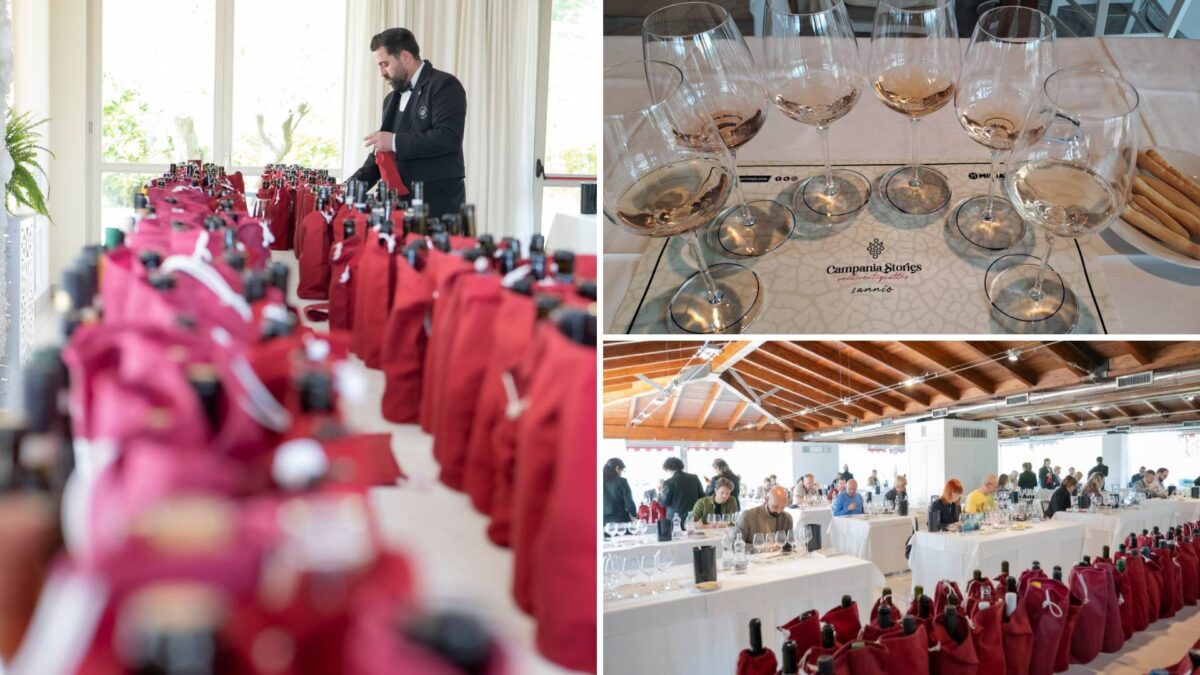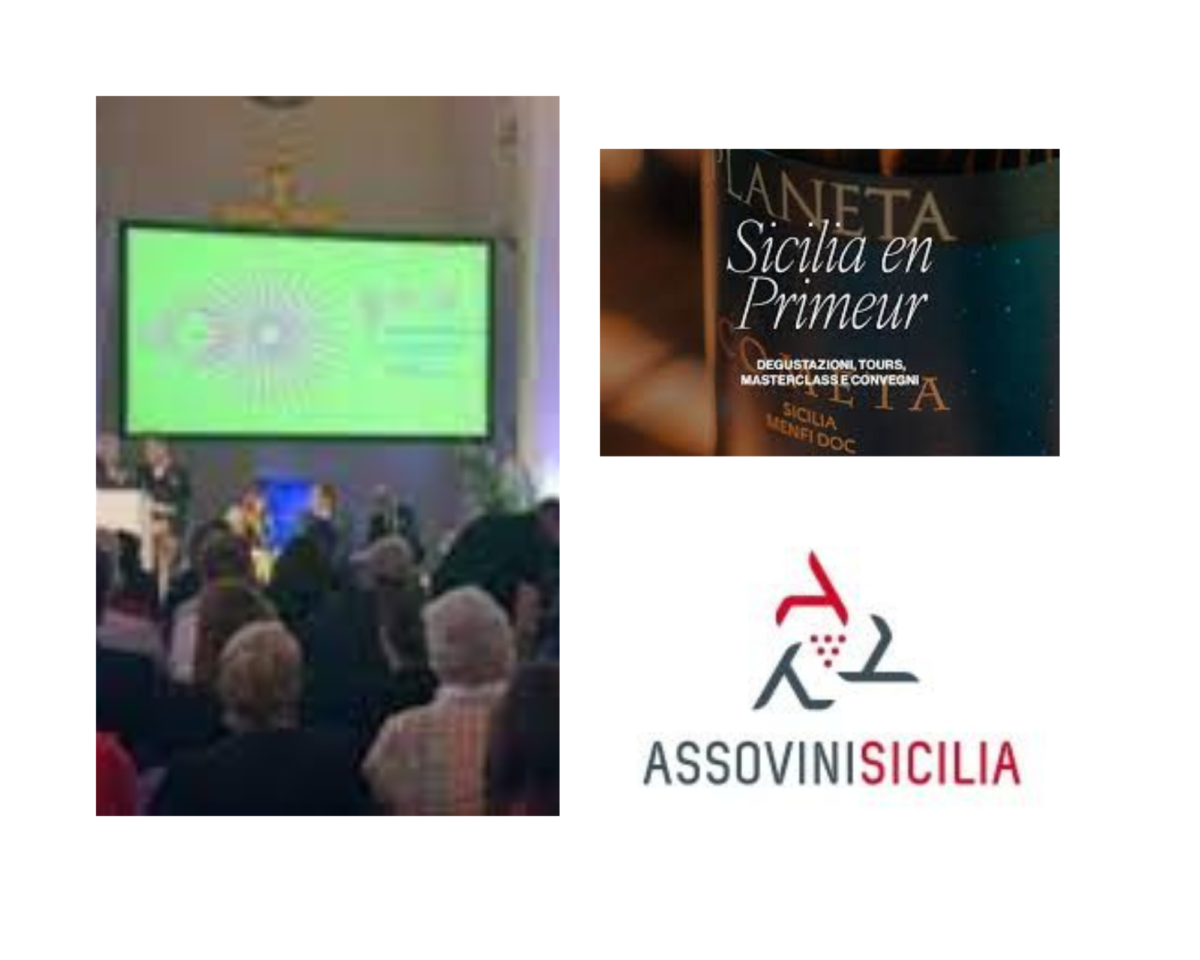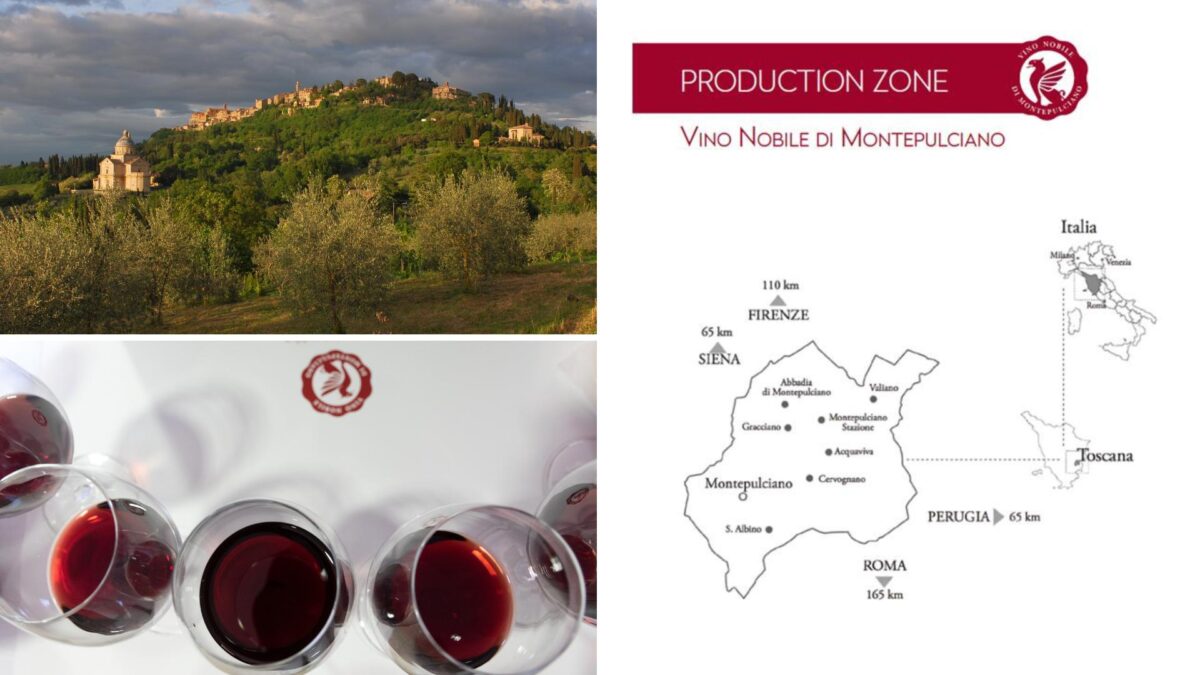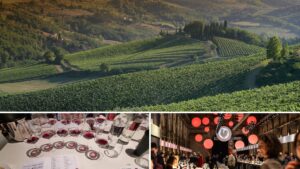Campania Stories, one of the most significant wine events in southern Italy, took place this year in Sannio on the northern edge of Campania from May 21st to 25th. The 12th edition welcomed wine writers and other trade professionals.
This year was an incredible success with over 90 wineries who submitted their samples to a wide audience of international bloggers, journalists and wine critics. The setting could not be more beautiful as the event consists of a journey through the main wine areas of a region known by visitors for the beautiful Amalfi Coast and the vibrant city of Naples.
Sannio just north of the Naples, the town of Dugenta hosted the event at the luxury resort, Tenute del Gheppio. Producers had the opportunity to present their latest white wines along with their Riservas. Presentation of the 2023 vintage was led by Francesco Martusciello, one of the flying winemakers of the region, at Rocca dei Rettori di Benevento, in cooperation with Assoenologi. Francesco Martusciello emphasized the 2023 vintage trend which was an uneven year with limited production but of very high quality. The whites were a perfect example with their predominant fermentative aromas that will certainly dissipate with time to show the true character of the grape.
We also enjoyed an in-depth journey through Campania to see producers in their element visiting estates in Sannio and Irpinia where they discovered the landscapes of smooth hills, mainly of clay, with expansive vineyards divided by the main rivers of Calore in Irpinia, and Volturno in North Sannio. These visits were made possible in part by the close collaboration of Miriade & Partners headed by Diana Cataldo, Massimo Iannaccone and Serena Valerian.
This is an area known for is great viticulture, since the Roman times when it was known as Campania Felix. A place where Roman heritage is still evident with the discovery of several amphoras and tools for winemaking, but also marked by incredible buildings dating back the 18th century, such as the majestic Carolino aqueduct that dominates the valley as a Unesco Heritage site.
This beautiful corner of Campania shows history, art and culture that are only discovered by venturing off the beaten path, such as Vigna del Ventaglio near Caserta in San Leucio, another UNESCO World Heritage site. The place was already known in the past for high quality silk production, when the Bourbon King Ferdinando IV selected a vineyard in the shape of a fan and divided it into nine sectors, each cultivated with unique grape varieties he loved the most, like Piedimonte Rosso and Bianco, Procopio, Delfino Bianco and Siracusa Rosso, parental vines of the modern ones.
Modern winemaking equipment has been introduced in Campania. For instance, prominent estates have been using high -ech crushing machines and tanks with cooling jackets, and at the same time the wine estate are preserving certain traditional winemaking techniques like the use of amphoras where local grapes such as Greco, Fiano and also Coda di Volpe perform well.
The two-day tasting was a true pleasure for me, with sparkling, whites, reds and rosè from all over Campania, over 200 samples from 90 producers. I focused mostly on the sparkling wines which are showing interesting improvements. While at the beginning, most sparkling wine from Campania was Charmat method from some of the semi-aromatic grapes of the region, mainly Falanghina, but now several traditional method wines are becoming more and more popular with large improvements in terms of quality.
This was definitely a roadshow of the best expression of Campania viticulture and landscape. For a full immersion in this promising growing region, Campania Stories is wine not to be missed. And now I can only wait for the 2025 edition, which will be hosted by the Volcano Vesuvio.
Filippo Magnani








